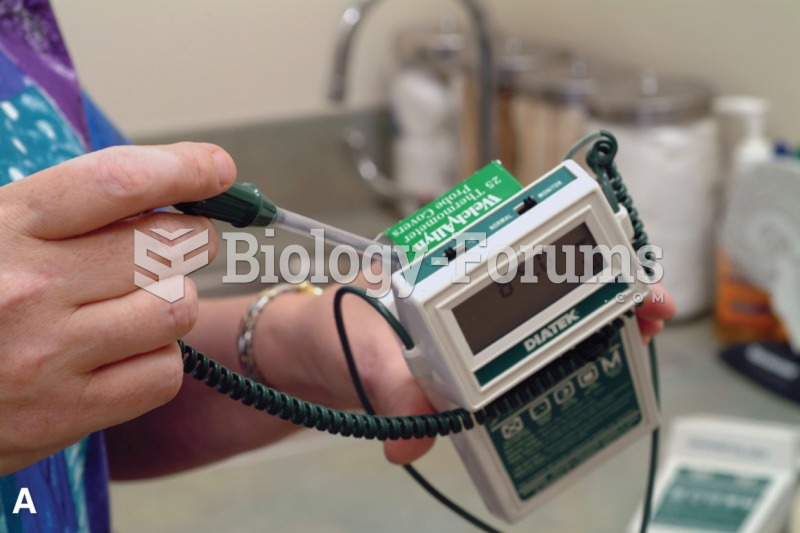|
|
|
Automated pill dispensing systems have alarms to alert patients when the correct dosing time has arrived. Most systems work with many varieties of medications, so patients who are taking a variety of drugs can still be in control of their dose regimen.
Medication errors are more common among seriously ill patients than with those with minor conditions.
More than 30% of American adults, and about 12% of children utilize health care approaches that were developed outside of conventional medicine.
Parkinson's disease is both chronic and progressive. This means that it persists over a long period of time and that its symptoms grow worse over time.
More than 34,000 trademarked medication names and more than 10,000 generic medication names are in use in the United States.







